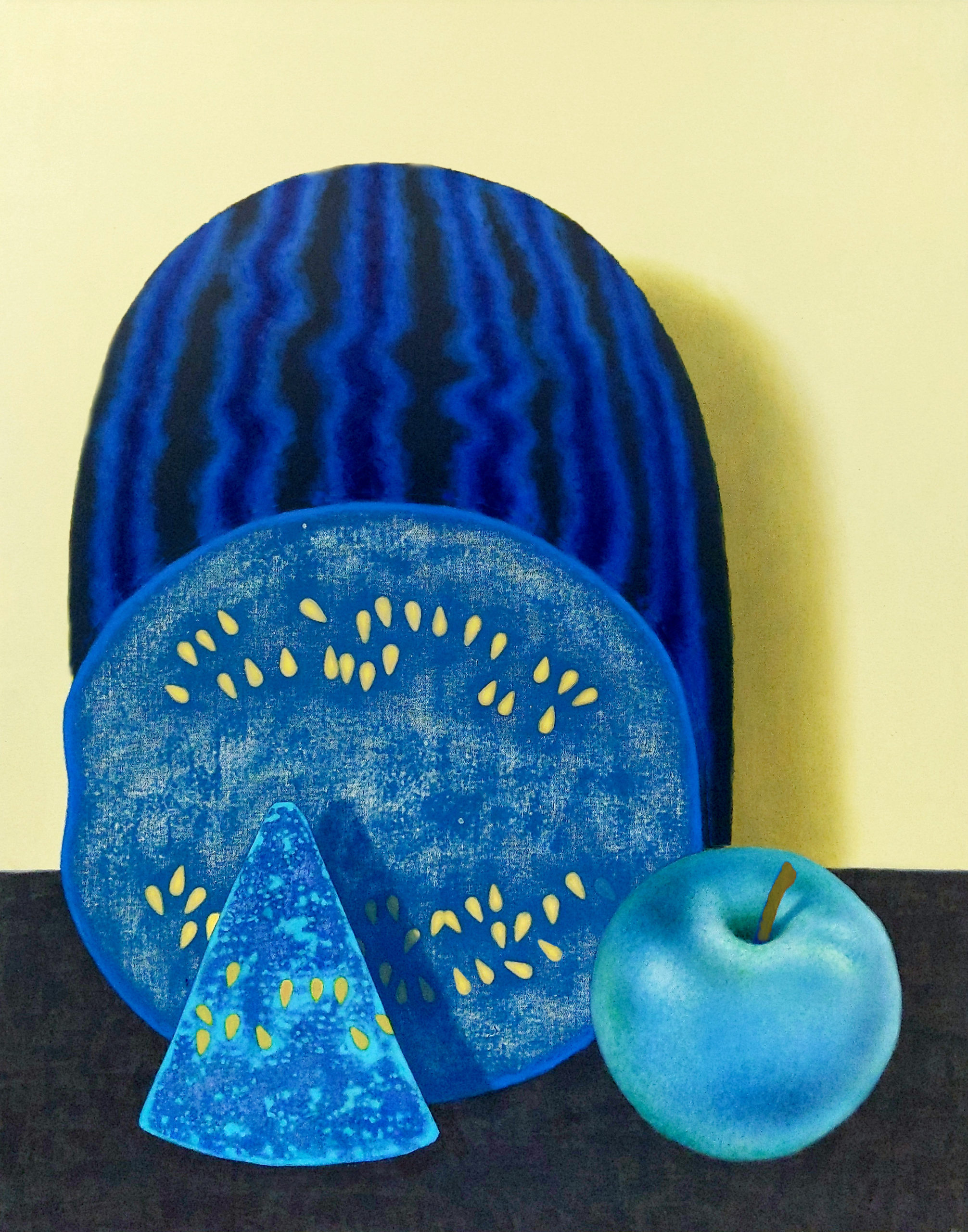
The first time that it happened, I assumed it was a joke. “Your dance performance was wonderful last night,” a teacher said to me, smiling. I had spent the previous evening at home playing computer games. With no idea what they were talking about, I laughed awkwardly. It was only later that I realized they had mistaken me for someone else, one of the few other Asian girls at school. She was half-Korean, while I am half-Chinese.
As a mixed race person, I have found it difficult to come to terms with my own identity. With a mother from Hong Kong and a white English father, I carry two very different cultures in me. I am a product of colonialism, something that has felt painfully heightened in recent weeks as tensions in Hong Kong have escalated. My English name and pale features allow me a certain amount of white privilege, which has helped me to assimilate in the majority-white spaces that I often find myself in.
It is a privilege that my mother, as a first-generation immigrant in Britain, did not have. I saw her encounter casual racism and hostility in the street as I grew up in London, something that I have rarely been subject to in this country. But my early experience of mistaken identity has become a blueprint for countless episodes in my life since.
A few years ago at Frieze London, I stood talking in a group at Edouard Malingue Gallery’s booth. Their solo presentation of Hong Kong-born artist Wong Ping had just been announced as the inaugural winner of Camden Art Centre’s new Emerging Artist Prize, and spirits were high. A passing stranger joined us, surveyed the group, and then turned directly towards me. “You must be the artist,” they said, warmly. “Congratulations.”
“I am a product of colonialism, something that has felt painfully heightened in recent weeks”
It is a strange, flattening experience when you are seen for nothing but your race. You are no longer an individual; you are interchangeable. You are rendered invisible, even just for the split second of a stranger’s confusion. Sometimes, this flattening—this forced sameness—becomes a subject of further amusement in itself. I have watched white romantic partners of mine bat away friends’ jokes about their newfound preference for Asian women, which crassly remove any sense of the singular.
It’s not just friends and strangers who have made me feel like I am being erased. At times, I have erased myself. “Where are you really from?” The question has followed me around for my entire life, a result of my ambiguous ethnicity and the disgruntled curiosity of others. “I’m from London,” I would defiantly reply, again and again. I didn’t want to stand out from my white peers, and worried that my difference would define me.
This sense of otherness has only become more apparent as I have found my feet in the worlds of art and media. An analysis of national statistics for the NCTJ shows that just five per cent of journalists working in the UK are from minority backgrounds. Out of those, less than one per cent are Black. You only have to look around at exhibition openings, art fairs and award ceremonies in the UK to see how pervasive this issue really is.
In the last two weeks, following mass anti-racism protests around the world in support of the Black Lives Matter movement, the lack of diversity in the creative industry has been called out. Galleries, museums and magazines have made public commitments to change their hiring practices and commissioning processes, but will this lead to meaningful inclusion?
Stories of endemic racism in the industry have been shared by current and former staff members at countless institutions. These organisations risk reinforcing a negative sense of difference for employees from minority backgrounds, if they make new hires without first doing the hard work to change their company culture from the inside. Otherwise, they may see history repeating itself.
“It is a strange, flattening experience when you are seen for nothing but your race. You are no longer an individual”
Yesterday, Reni Eddo-Lodge became the first ever Black British author to top the paperback non-fiction chart in the UK with Why I’m No Longer Talking to White People About Race, first published in 2017. While it is a historic achievement, Eddo-Lodge stated that she was “dismayed” that it only came about under “tragic circumstances”, in light of the death of George Floyd. She added that it was a “horrible indictment of the publishing industry”. It is an observation that could be extended to the rest of the creative industry, with its habit of co-opting protest movements as trends rather than the impetus for a greater overhaul.
Perhaps we all want to believe that we are really the same. Herd mentality is a powerful guiding force, after all. From performative black squares for #BlackoutTuesday to public promises, the case has been loudly made for togetherness over division. Everyone suddenly wishes to be seen to be doing the right thing, but this needs to be more than a passing phase.
I still grapple with my own sense of sameness and difference. I have been embraced as an insider in white spaces—a privilege that some have never known—before being just as quickly dismissed as an outsider. I am tired of my racial background being trivialized with lazy stereotypes, or else erased entirely. Like others who have felt marginalized or overlooked, I am seeking equality in an unequal world.
Are We There Yet is a fortnightly column by Louise Benson. Top image © Amanda Baldwin





